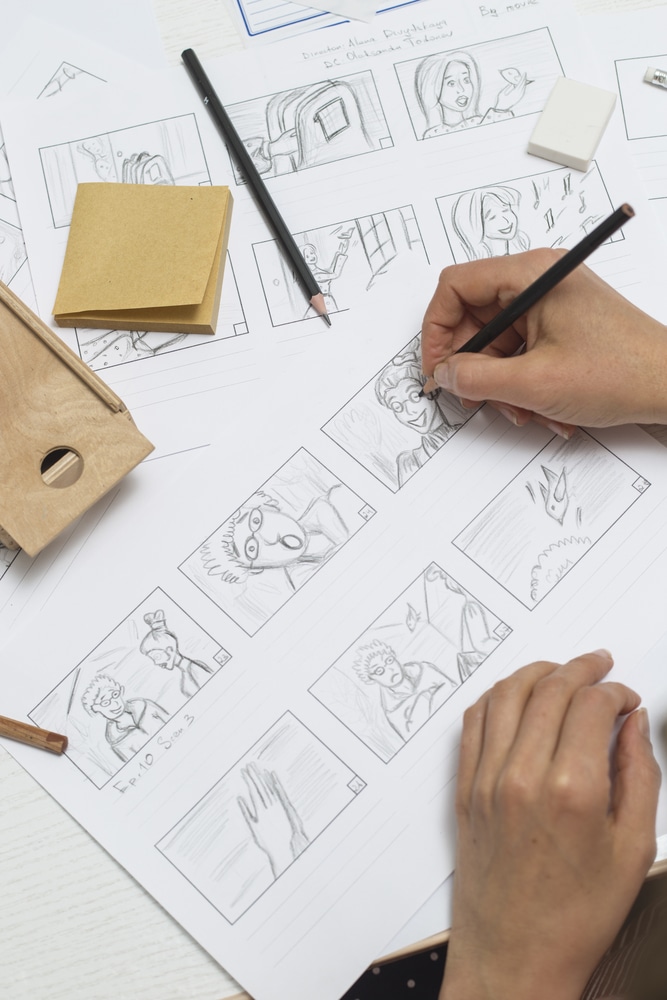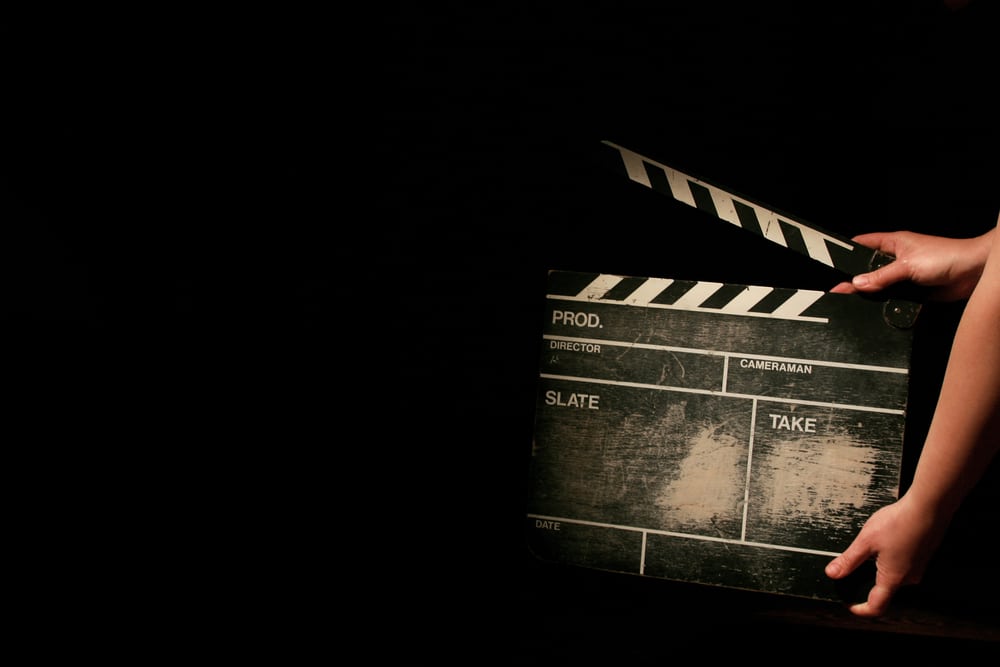Creating storyboards is technically done by artists. However, the real question is: who is the mastermind behind this, the writer or the director? In this article, we will lay out all the details to answer your question. Furthermore, we will introduce another player who can make storyboards — the AI storyboard generator. Let’s start!
The Purpose of Storyboards
Storyboards are like visual blueprints in filmmaking, helping creators plan scenes step by step. They bridge the gap between the written story and how it will look on screen. Storyboards are crucial for communication among the whole production team. They provide a tangible framework for bringing the director’s vision to life and are the canvas where cinematic storytelling comes alive.
Writer’s Role in Storyboarding
Narrative Translation: Writers play a crucial role in translating the script into a visual language for storyboards.
Visual Conceptualization: They contribute to the visualization process by adding depth and details to scenes, assuring the nuances of the narrative are captured visually.
Creative Guidance: Writers provide the initial creative direction, guiding storyboard artists on how to represent the story’s essence and emotional beats visually.
Story Flow Integration: To ensure a seamless flow, writers collaborate to integrate the plot elements into the visual storytelling, maintaining consistency with the script.
Director’s Role in Storyboarding
Visual Visionary: Directors bring their visual ideas to life by guiding the storyboard artists on how scenes should be visually represented.
Practical Considerations: They contribute to the practical aspects, deciding camera angles, shot compositions, and overall visual aesthetics to align with the cinematic vision.
Storyboard Feedback: Directors provide feedback on the storyboards, ensuring they align with the intended cinematic experience and capture the director’s unique style.
Logistical Input: Directors offer insights into the logistical aspects, helping storyboard artists understand how scenes will be practically executed during filming.
Answering the Question: Who Makes Storyboards?
In moviemaking process, there are at least three people responsible for turning words into visual plans:
Storyboard Artists

These artists have the crucial job of creating a sort of map for each scene, making the script convert into images. Technically, storyboard artists draw it all, but the behind-the-scenes are writers and directors.
Writers

Writers kick things off by creating the script. While they don’t draw the storyboards themselves, their ideas and directions are super important. They give the basic structure and details that storyboard artists use to create the pictures.
Directors

Directors add their own creative touch by giving specific instructions on how they picture each scene. They work closely with storyboard artists, explaining things like how the camera should be and what the overall look should be. Directors guide the artists in capturing their unique concepts, making sure the storyboards match the movie experience they want to create.
Good News: You Can Also Make Your Own Storyboards
Did you know, you can make your storyboards even if you’re not a writer, a director, or an artist? AI storyboard generator is the answer. This tool is designed to automate and expedite the storyboarding process. From concepts, scripts, and the scenes frame-by-frame that you need for your storyboards are here. You can be the director, writer, and artist all at once.
Storyboarding Success: Tips for Writers, Directors, and Artists
- Collaborative Teamwork: Engage in close collaboration to ensure a shared understanding of the story and its visual narrative.
- Script Visualization: Writers, infuse your script with vivid descriptions, providing a solid foundation for artists to translate words into captivating visuals.
- Visual Imagination: Directors, guide artists in envisioning scenes by offering insights into character placements, movement, and overall shot aesthetics.
- Constructive Feedback: Establish an iterative feedback process, allowing writers and directors to align with artists and refine storyboards for seamless narrative integration.
Conclusion
Creating storyboards is a team effort involving directors, writers, and artists working together. However, in the digital age, you can also do it on your own, you just need the right tool — an AI storyboard generator. Whether you’re part of a team or dancing solo with technology, the art of storyboarding keeps evolving for storytellers everywhere.
Frequently Asked Questions (FAQs):
Can Anyone Do Storyboarding, or Is It Only for Writers and Directors?
Yes, absolutely! Storyboarding is no longer limited to just writers and directors. Anyone with a passion for storytelling can contribute even if not directly involved in filmmaking. It’s becoming a more inclusive process that welcomes diverse perspectives.
How Does AI Storyboarding Change the Creative Process?
AI storyboard generators speed things up by automating parts of storyboarding. They make things more consistent and help creators work faster. However, human creativity is still super important. AI is like a helpful sidekick, not a replacement for human imagination.
What Challenges Might Come Up When Writers and Directors Work Together on Storyboarding?
Sometimes, writers and directors might see things differently, which can lead to challenges. It’s important for them to communicate openly, understand each other, and be willing to adjust. Successful collaborations happen when everyone is on the same page and focused on the project’s overall vision.
How Does Technology Make Storyboarding More Accessible for New Creators?
Technology, like AI storyboard generators and online platforms, makes it easier for new creators to get into storyboarding. You can find resources and tutorials online, and collaboration has become more straightforward. It’s like technology is opening doors for more people to try their hand at visual storytelling.
